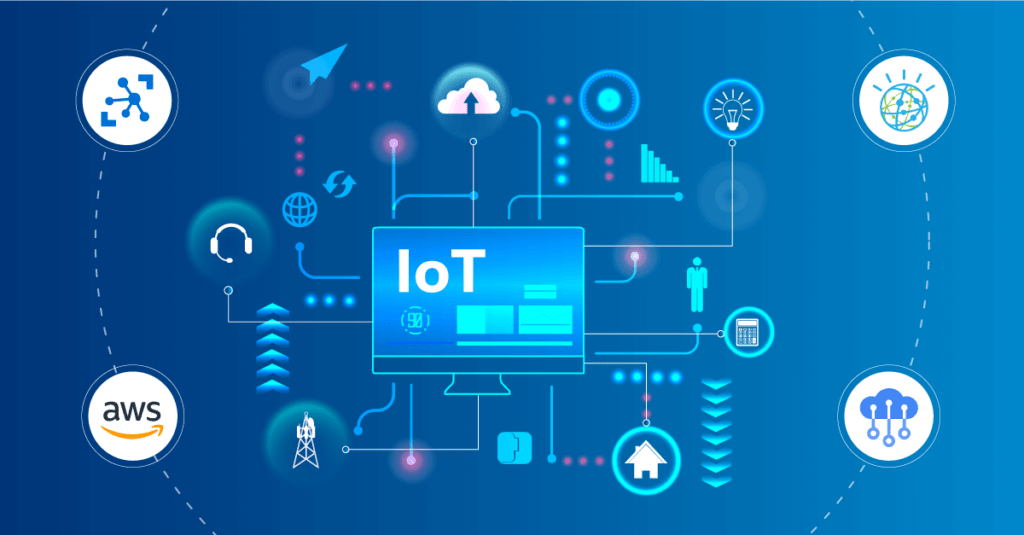In today’s fast-paced technological landscape, the Internet of Things (IoT) has emerged as a transformative force. As devices become more interconnected, the need for power consumption optimization in IoT has gained paramount importance. This article delves into the essential strategies for optimizing power usage in IoT devices, ensuring efficiency, sustainability, and cost-effectiveness for exporters and importers alike.

Understanding IoT Power Needs
IoT devices are diverse, ranging from simple sensors to complex machines. Each has unique power requirements, making optimization a critical component of IoT implementation. Understanding these needs is the first step in reducing energy consumption and managing operational costs effectively.
By focusing on power consumption optimization in IoT, businesses can enhance device longevity and ensure consistent performance. This is particularly crucial as the IoT ecosystem continues to expand, integrating into various sectors including logistics, manufacturing, and retail.
Strategies for Optimizing Power Consumption
1. Efficient Hardware Design
The foundation of power-efficient IoT devices lies in their design. Selecting components that require less energy can significantly reduce power consumption. This involves choosing low-power microcontrollers and efficient communication modules. The choice of hardware plays a pivotal role in the overall energy footprint of IoT devices.
2. Smart Software Solutions
Software optimization is equally critical. Implementing intelligent algorithms that manage device operations can minimize unnecessary energy use. For instance, employing sleep modes during periods of inactivity can conserve energy. Additionally, optimizing data processing and transmission ensures that energy is not wasted on redundant tasks.
3. Wireless Communication Optimization
Wireless communication is a major contributor to energy consumption in IoT devices. By optimizing communication protocols and reducing the frequency of data transmissions, businesses can achieve significant energy savings. Techniques such as data compression and aggregation can further enhance efficiency.
Role of Cloud Computing and Edge Computing
Cloud and edge computing are integral to modern IoT systems. By offloading data processing tasks to the cloud or edge, devices can operate more efficiently. This approach reduces the computational burden on individual devices, thereby conserving energy. For a deeper understanding, you might explore our guide on how edge computing works in IoT.
Importance of Regular Updates
Keeping IoT devices updated with the latest software is crucial for maintaining energy efficiency. Updates often include enhancements that optimize power usage. Ensuring that devices can receive over-the-air updates is a strategy that can significantly improve power management. Learn more about OTA updates for IoT devices.
Monitoring and Analytics
Real-time monitoring and analytics provide insights into device performance and energy consumption patterns. By leveraging these insights, businesses can identify inefficiencies and implement corrective measures. Predictive analytics can also forecast future power needs, enabling proactive optimization strategies.
Case Studies and Real-World Applications
Several industries have successfully implemented power optimization strategies in their IoT deployments. For instance, logistics companies utilize optimized tracking devices to reduce energy consumption, while smart factories employ energy-efficient sensors to monitor production lines. These examples highlight the tangible benefits of power management in IoT.
Challenges in Power Optimization
Despite the benefits, optimizing power consumption in IoT presents challenges. Balancing performance with energy efficiency, managing diverse device requirements, and ensuring interoperability are some of the obstacles businesses face. Addressing these challenges requires a comprehensive approach and continuous innovation.
Future Trends in IoT Power Optimization
The future of IoT power optimization is promising, with advancements in technology offering new solutions. Emerging trends include the development of ultra-low-power components, AI-driven energy management, and enhanced connectivity standards. These innovations will further drive efficiency and sustainability in IoT systems.
Conclusion
Power consumption optimization in IoT is a critical factor for the success of IoT deployments. By implementing effective strategies, businesses can achieve significant energy savings, reduce costs, and contribute to a more sustainable future. As the IoT landscape continues to evolve, staying informed about the latest developments is essential for maintaining a competitive edge.

FAQs
What are the key strategies for optimizing power consumption in IoT?
Key strategies include efficient hardware design, smart software solutions, optimizing wireless communication, leveraging cloud and edge computing, and regular updates.
How does edge computing contribute to power optimization in IoT?
Edge computing reduces the computational load on individual IoT devices by processing data closer to the source, thereby conserving energy and enhancing efficiency.
What are the challenges in optimizing power consumption in IoT?
Challenges include balancing performance with energy efficiency, managing diverse device requirements, and ensuring interoperability between different IoT systems.
For more insights on developing successful IoT products, you may find this article on IoT product development helpful.


